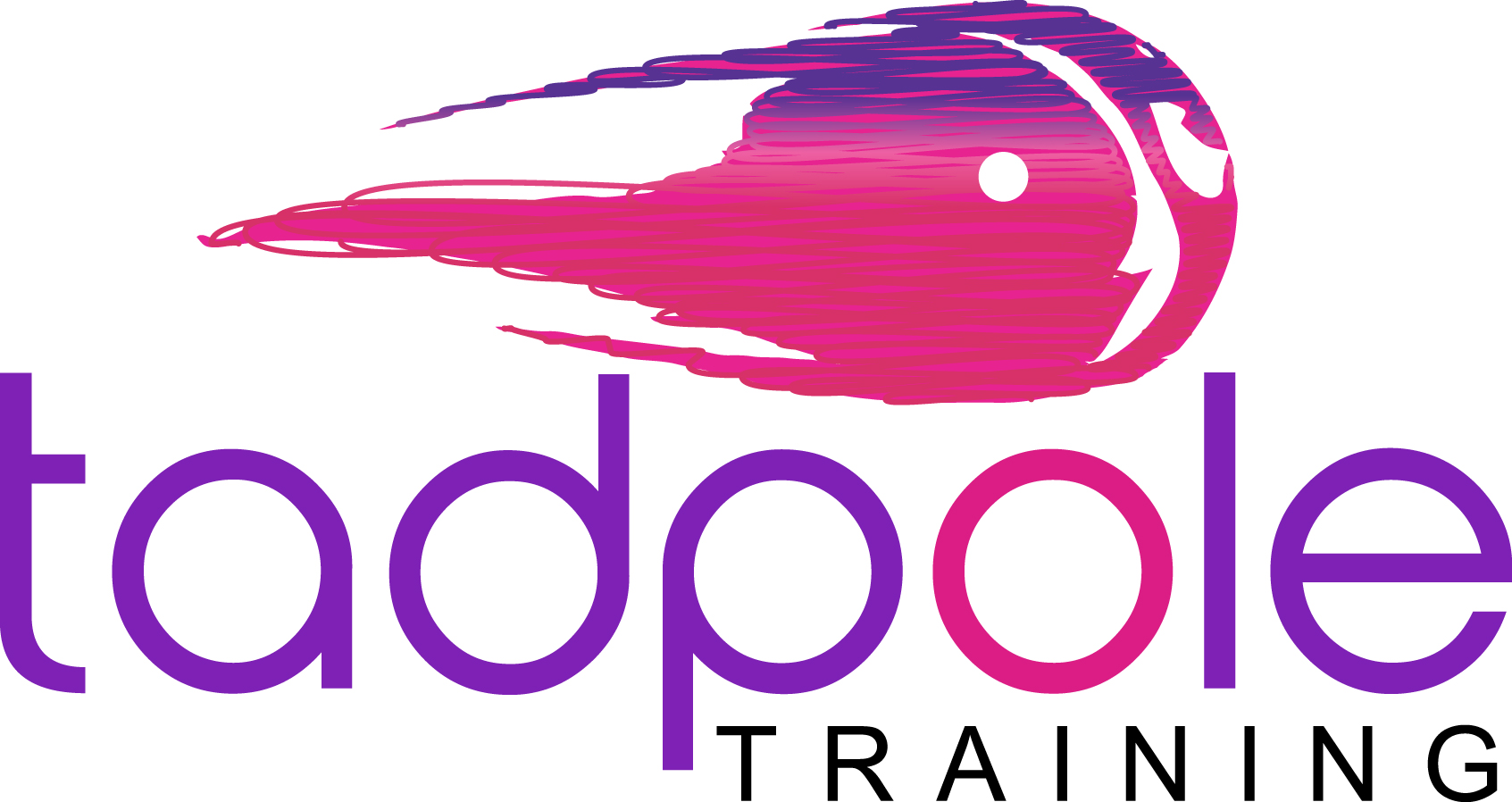How to sell the unfamiliar.
Research shows that customers are unlikely to choose an unfamiliar brand over one they know and recognise – even if there are clear or obvious shortcomings with the known brand. That can even extend to using a dangerous brand. In a fascinating article in The Harvard Business Review, it is explained thus:
Consumers in a recent study believed that airlines whose names they recognized were safer than unrecognized carriers. On the whole, this belief persisted even after participants learned that the known airlines had poor reputations, poor safety records, and were based in undeveloped countries. In other words, a lack of recognition was more powerful than three simultaneous risk factors.
There is a name for this interesting behaviour; Neophobia.
Wikipedia defines it like this:
“Neophobia is the fear of anything new, especially a persistent and abnormal fear. In its milder form, it can manifest as the unwillingness to try new things or break from routine. In the context of children the term is generally used to indicate a tendency to reject unknown or novel foods.”
So what has this got to do with sales?
Well, simply put, if your customers don’t recognise you or your brand, then you could face a harder sale. Let’s look at the airline example again. Even if the known brand:
- had a poor reputation
- a poor saftey record
- was from a undeveloped country
Customers were more likely to use them. Now it doesn’t seem logical does it?
So let’s explore some practical things you can do if you are not as well known as your competition:
Do a comparison
Literally list, side by side all your features and benefits compared to theirs. This is useful for the customer, who, let’s face it, is probably not aware of what you can offer. It makes it easier for them to make a decision
Take the Long Term View
If the potential client doesn’t know you, then they are unlikely to just drop everything and go with your offering. This is where, as a salesperson, you should keep in touch, follow up, send samples, share reviews and make the unfamiliar much more familiar. Make sure you involve all the key decision-makers and stakeholders too, otherwise you will be back to square one. Remember that (depending on your industry) you may need to ‘touch’ your prospects at least 10 times before they are ready to buy. This figure could be higher if you are completely unknown. Check out this post on following up
Build Trust
If you say you will do something, then do it. If you can prove a great statistic, do it. Have fabulous customer reviews ready.This blog will help you: Are you using the power of case studies in your business If it fits your offering, can the customer ‘try before they buy’? Do all you can to show that you can deliver.
So don’t let neophobia stop you getting the sale!
Happy selling.


